If you have decided to overcome your opioid addiction, understanding the opioid detox timeline will significantly increase your ability to overcome withdrawal and find a detox center that fits your specific needs. Marina Harbor Detox is here to help, offering professional detox programs in San Francisco and the surrounding area.
Which Drugs are Opioids?
Opioids are a class of highly addictive drugs that affect the opioid receptors in the brain, reducing feelings of pain and causing a euphoric sensation. Opioids can include prescription painkillers, synthetic opioids (such as Fentanyl), and illegally sold opioids (such as heroin). Prescription opioids include drugs like oxycodone or Oxycontin, hydrocodone or Vicodin, morphine, codeine, and many others.
Prescription opioids can take the form of synthetic or natural. Synthetic opioids are created in a lab, designed to replicate the effects of natural opioids, and are often significantly stronger than natural opiates, making their addictive properties much higher and their withdrawal symptoms more severe. Natural opioids are directly derived from the poppy plant.
How Do Opioids Affect the Body?
Opioids interfere with the connections and communication between your brain and body. Neurons transmit messages back and forth. Your neurons tell your brain when the body is in pain. Opioids work by blocking that communication. So the messages your brain gets don’t involve any pain signals from the neurons. Instead, you feel calm and happy.
As you continue to take opioids, it doesn’t stop your pain; it just contains the signals associated with your pain. The more you take opioids, the more your body becomes addicted because you require higher doses more frequently to block the same number of pain signals.
- People who have underlying issues like depression or anxiety might find that the use of opioids blocks the discomfort or depression they feel, so they turn to opioids more often as a form of self-medication.
- People who are prescribed opioids after a painful accident or surgery might find that their body is tolerant of the prescription within a few weeks. Hence, a prescription that was supposed to last for 30 days ends up lasting only three weeks because that person uses more pills than they are supposed to at any given time.
What is the Opioid Detox Timeline?
The opioid detox timeline is divided into three key phases:
Phase 1: Early Opioid Withdrawal
The first phase in your opioid detox timeline is the early opioid withdrawal. This can start anywhere between 6 and 12 hours after your last dose. Most of these symptoms are uncomfortable that can be managed with over-the-counter medications. It’s common to experience things like:
- Sweating
- Anxiety
- Insomnia
- Fever
- Running nose
- Nausea
- Teary eyes
- Excessive yawning
- Mood swings
- Problems concentrating
Phase 2: Detox from Opioids
The second phase in your opioid detox timeline is where things become profoundly uncomfortable. This phase usually starts between 36 hours and 48 hours from when you had your last opioid dose. This second phase is considered the most uncomfortable part of your opioid detox. It has the most extensive range of possible symptoms, so everyone experiences it differently. Whatever the symptoms, they are often severely uncomfortable. You are much more likely to relapse during these first two days of your detox process if you don’t have medical supervision to help ease the discomfort of your symptoms. Here you might experience a combination of any of the following:
- Vomiting
- Nausea
- Hallucinations
- Insomnia
- Goosebumps
- Intense cravings
- Diarrhea
- Cramps
- Seizures
Phase 3: Late Opioid Withdrawal
The third phase in your opioid detox timeline begins about seven days after your last opioid dose. The severity of the symptoms during this late opioid withdrawal phase is different for everyone. Some things like depression or anxiety linger for weeks, while others, like drug cravings, can cause physical withdrawal symptoms for a few days after you move through phase 3.
How to Find Opioid Detox Programs in San Francisco
When you are ready to get help for your opioid addiction, the most important thing is to find a facility where you can live full-time with medical supervision. The early withdrawal symptoms are incredibly uncomfortable, but during the second phase when you detox from opioids, symptoms become potentially dangerous. That is why most people cannot quit their addiction without help. At Marina Harbor Detox, our staff can help you with your opioid withdrawal throughout all three phases and prepare you for long-term recovery by providing the actionable stress management skills and coping skills that you can use when your cravings kick in down the line. You can explore our San Francisco treatment facility and see for yourself how our upscale, private rooms give you personal care and the utmost comfort during your recovery.
Contact us today, and let Marina Harbor Detox guide you through your opioid detox timeline.


